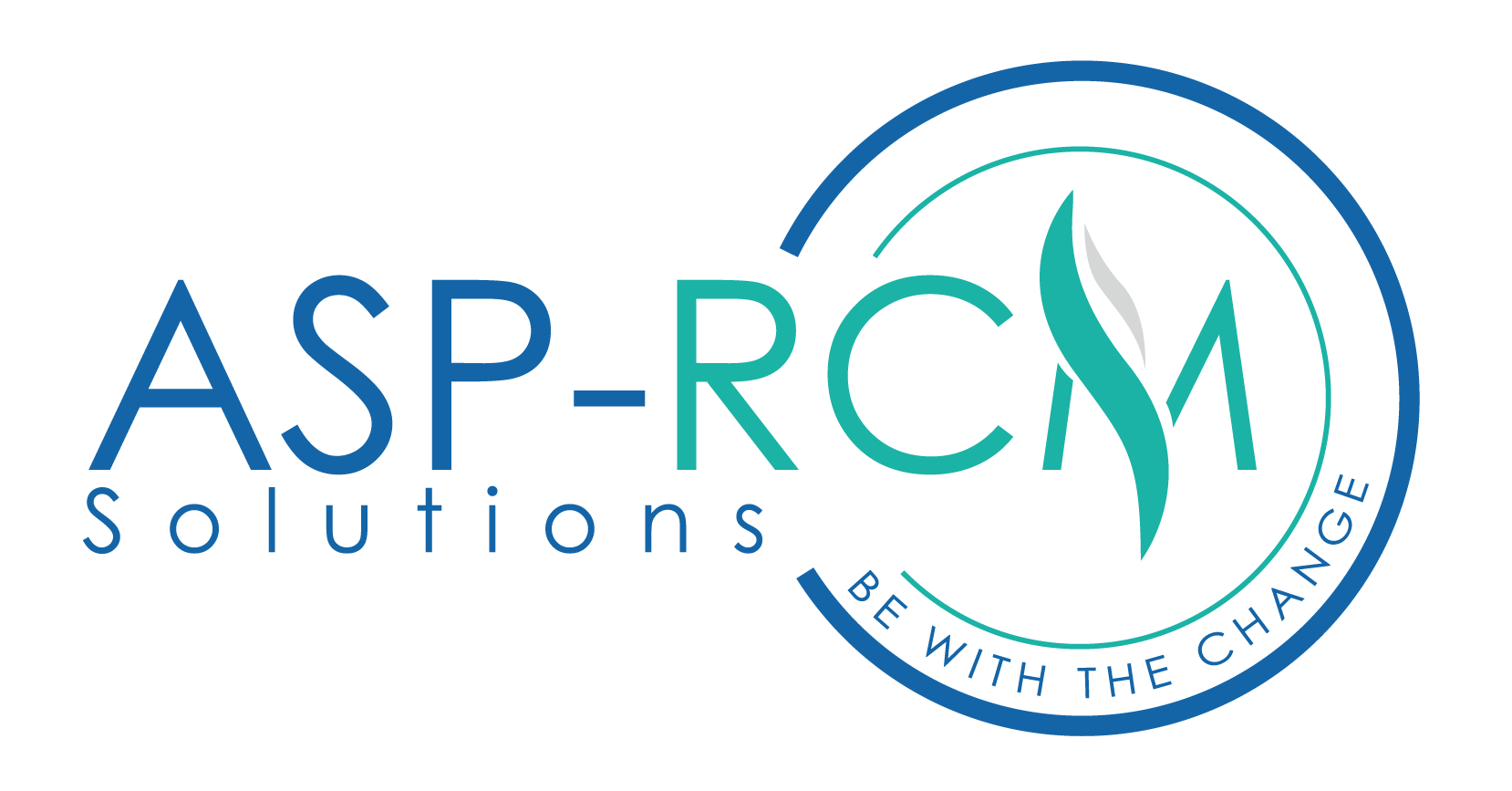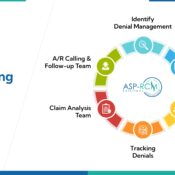
Direct vs. Indirect ABA Services: How to Bill Accurately and Ethically
While Applied Behavior Analysis (ABA) focuses primarily on the well-being and development of clients, billing is an important aspect that should not be disregarded. Accurate and ethical billing is more than just paperwork; it is essential to preserve confidence and professionalism in our industry. So, what is the distinction between direct and indirect ABA services, and how can we verify we're billing correctly?
The Fine Line: Direct and Indirect ABA Services Explained
A significant distinction exists in Applied Behavior Analysis (ABA) between Direct and Indirect Services. Direct ABA services are one-on-one, hands-on encounters where trained professionals work directly with individuals to execute specific behavior treatments. Indirect ABA programs, on the other hand, focus on providing the larger community—parents, teachers, and caregivers—with techniques to support and generalize these behavioral changes in various settings. A balance between these two techniques is required for ABA to be genuinely effective. At the same time, direct services generate immediate behavioral modifications; indirect services guarantee lasting and prevalent improvements in the individual's everyday life.
Critical Differences Between Direct and Indirect ABA Services
A comprehensive ABA program requires both direct and indirect ABA services. While direct services strive for immediate behavioral improvements, indirect services guarantee these changes spread across settings and caregivers, supporting long-term success and significant differences in the individual's life.
Here are the key distinctions between them.| Differentiating Factors | Direct | Indirect |
|---|---|---|
| Goals & Objectives |
Immediate behavioral change and skill acquisition | Focus on long-term planning, collaboration, and support |
| Implementation | Real-time, hands-on feedback | Leans more on planning, consultation, and strategy development |
| Billing Practice | Typically get billed by the hour | Flat rates or predetermined fees based on tasks. |
| Insurance | Predominantly accepted by insurance companies | Provides limited guidance for programming |
| Reliability | Plays critical role in developing ABA programs | Provide insight into the learner’s abilities but are not always reliable |
| Assessing the Skills | It allows you to measure the learner’s skills and test for generalization | Supplement direct assessments to look at a broader range of skills and behavior |
The Essence of Direct ABA Services
At the heart of ABA lie the Direct Services, which involve one-on-one interactions between professionals and clients. These hands-on sessions emphasize behavior modification through tailored interventions based on ongoing assessments and real-time feedback.
For Direct ABA Services, a few notable CPT codes include:
97151: Behavior identification assessment, administered by a BCBA, includes an extended assessment and interpretation.
97153: Adaptive behavior treatment by protocol, administered by technicians under the direction of a BCBA. This is the primary code for direct one-on-one ABA therapy.
97154 - Group adaptive behavior treatment by protocol: This is used when direct ABA services are provided to two or more patients simultaneously.
97155: Adaptive behavior treatment with protocol modification, administered by a BCBA. This is used when the BCBA directly oversees the session and makes real-time modifications to the treatment plan.
The Backbone: Indirect ABA Services
Indirect ABA Services, while perhaps less visible, are the backbone of our profession. This is where strategies evolve, plans come to fruition, and stakeholders get involved.
Key CPT Codes for Indirect Services:
97156: An exciting bridge between direct and indirect services. It encompasses the times we train and guide family members, offering them the necessary tools.
97158: Celebrating the symphony of group adaptive behavior treatments. When multiple technicians unite under BCBA’s guidance for various clients, this is their anthem.
0373T offers adaptive behavior treatment with modified protocol, administered by a physician, technicians, and on-site professionals, for patients with destructive behavior in a customized environment.
The Intricacies of Billing: It's More Than Just Numbers
A recent study revealed that billing errors account for nearly 7% of all healthcare claims in the U.S., resulting in approximately $68 billion (about $210 per person in the U.S.) in unnecessary healthcare expenditures annually. While these numbers span across healthcare, the ABA sector isn't immune. In any professional setting, especially in healthcare and therapy domains like Applied Behavior Analysis (ABA), billing might seem like an administrative afterthought compared to the primary service delivery.
Ethical Billing: The Gold Standard
While billing may appear primarily administrative, its ethical significance cannot be overstated. Ethical billing is more than just a best practice; it is the gold standard for establishing trust, assuring fairness, and preserving the healthcare sector's integrity.
Transparent billing increases trust among doctors, patients, and insurance.
Equity and fairness: Avoids hidden fees and guarantees that charges are consistent for all patients.
Legal Protection: Reduces the likelihood of legal complications and protects against potential penalties.

Ethical procedures improve credibility and standing in the healthcare sector.
Financial stability: Ethical billing ensures a consistent revenue source, avoiding future financial problems.
Billing practices are aligned with the core commitment to patient care and well-being.
In Closing
It’s been said that details create the big picture. And in our world, understanding the nuances of billing guidelines is one of those pivotal details. By ensuring that we’re always billing accurately and ethically, ASP-RCM Solutions upholds the standards of our profession and, more importantly, honor the trust placed in us by our clients and their families.




